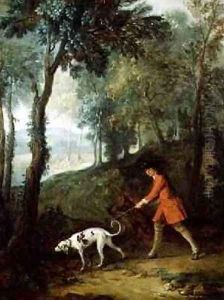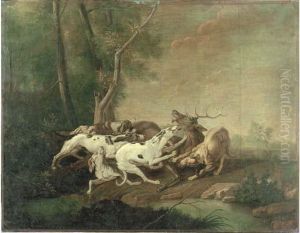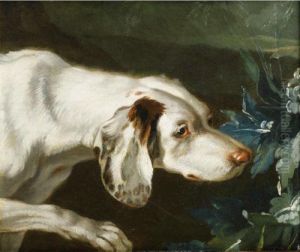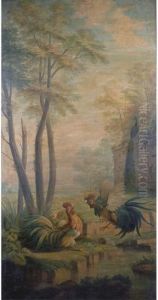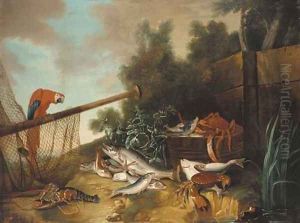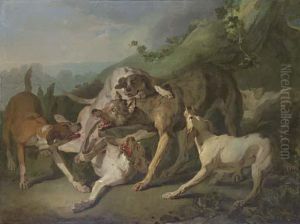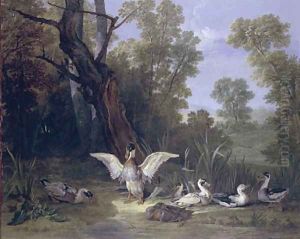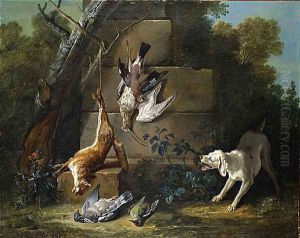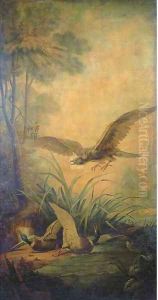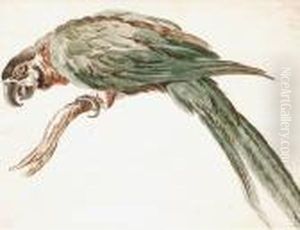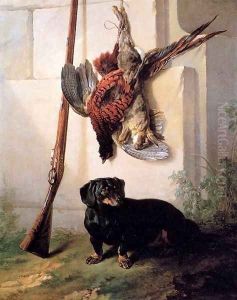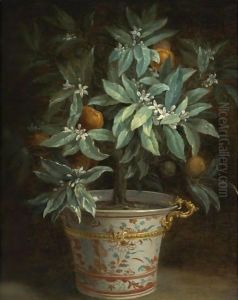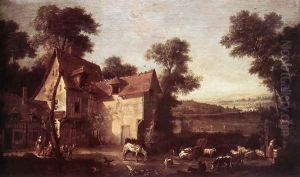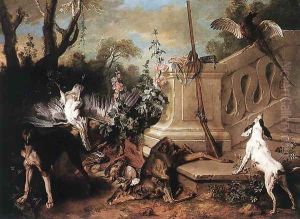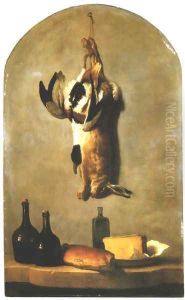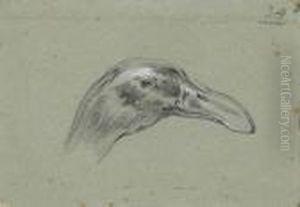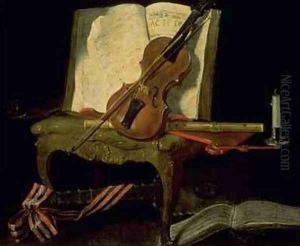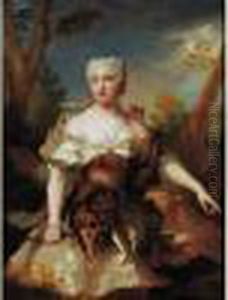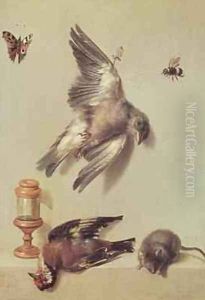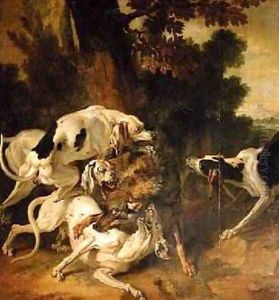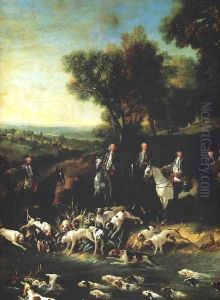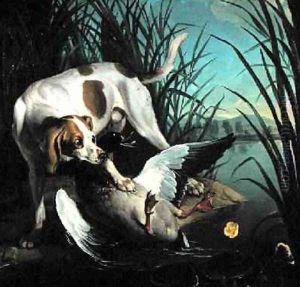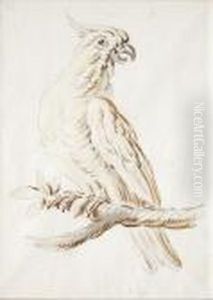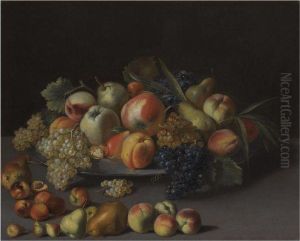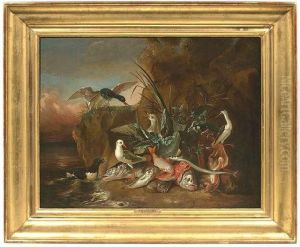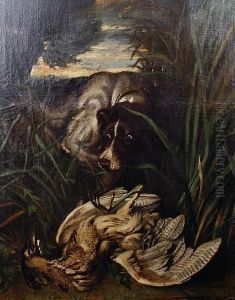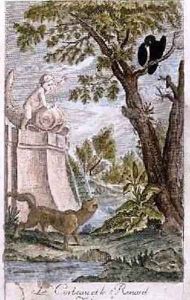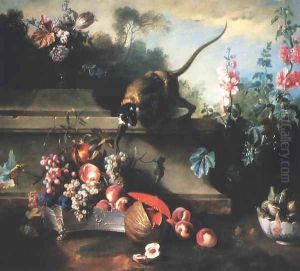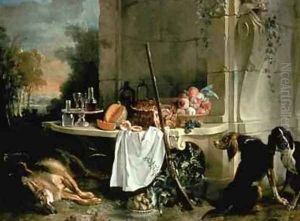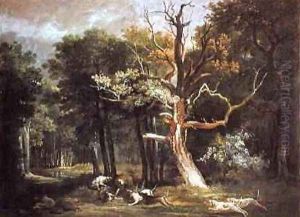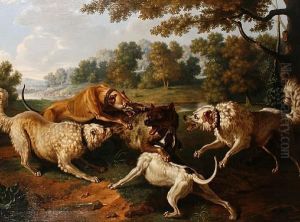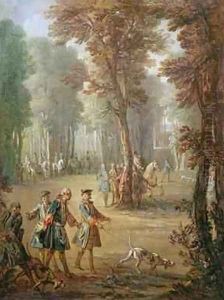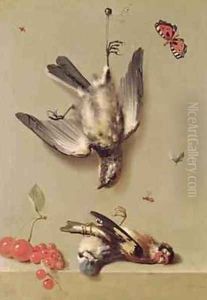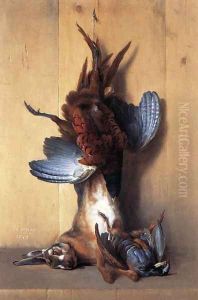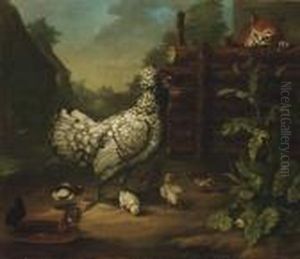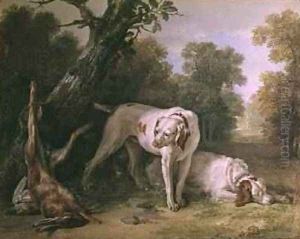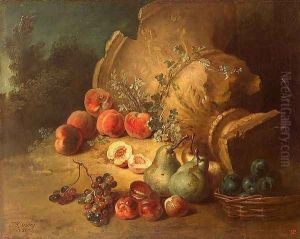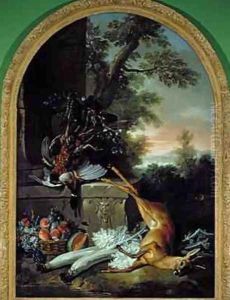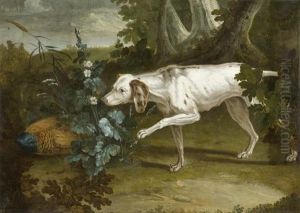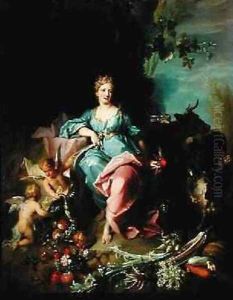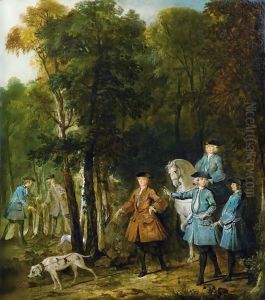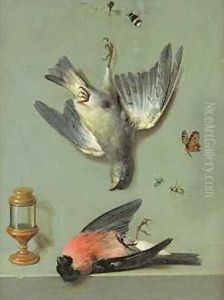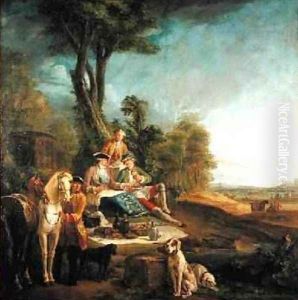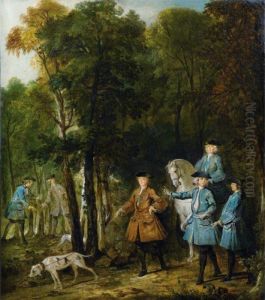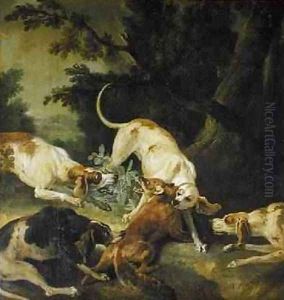Jean-Baptiste Oudry Paintings
Jean-Baptiste Oudry was a French Rococo painter, engraver, and tapestry designer renowned for his naturalistic depiction of animals and his decorative compositions. Born on March 17, 1686, in Paris, Oudry was the son of Jacques Oudry, a painter and art dealer. He initially learned art from his father before studying under several noted artists, including Nicolas de Largillierre.
With a talent for capturing the details of fur and feather, Oudry quickly became one of the most sought-after animal painters of his time. He was adept at portraying the texture and movement of animals, and his work was characterized by a dynamic realism combined with an elegant decorative sense.
Oudry's career progressed rapidly, and he became a member of the Royal Academy of Painting and Sculpture in 1719. His reputation grew with his appointment as a professor at the Academy in 1743 and later as its director. He received numerous commissions from the royal court and aristocracy, including for the Château de Chantilly and Versailles.
In 1726, Oudry was appointed director of the Royal Gobelins Manufactory, where he oversaw the production of luxury tapestries. His experience in this role further honed his skills in composition and color, which were evident in his subsequent paintings and tapestry designs.
One of Oudry's most famous works is a series of life-sized animal portraits for Louis XV, known as 'The Royal Menagerie at Versailles.' He also illustrated various literary works, including Jean de La Fontaine's 'Fables,' which showcased his ability to blend narrative with visual artistry.
Oudry's influence extended beyond painting, as he played a crucial role in developing the French decorative arts and was instrumental in the tapestry revival of the 18th century. His work reflected the changing tastes of the period, bridging the gap between the grandeur of the Baroque and the lighter, more playful Rococo style.
He continued to paint and exhibit his work until his death on April 30, 1755, in Beauvais, France. Today, Oudry's work can be found in museum collections around the world, and he remains celebrated for his contributions to French art and the Rococo movement.
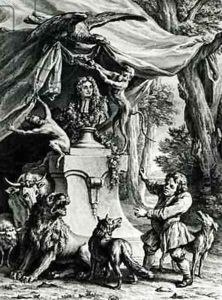
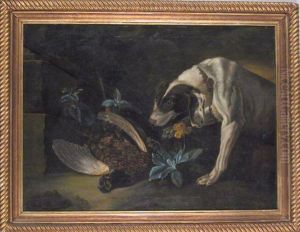
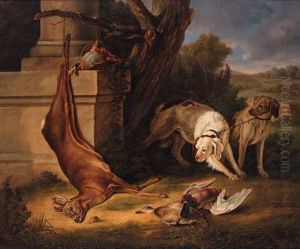
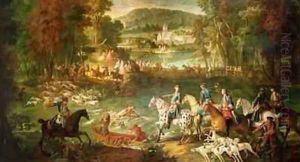
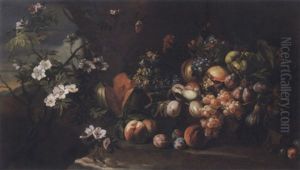
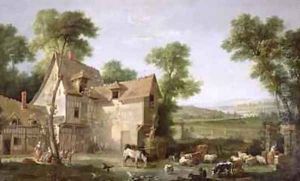
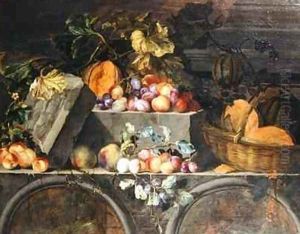
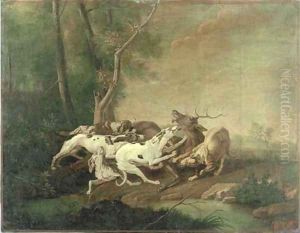

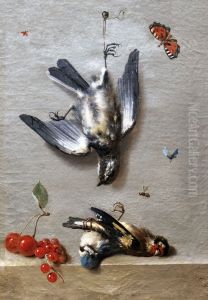
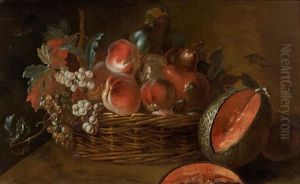
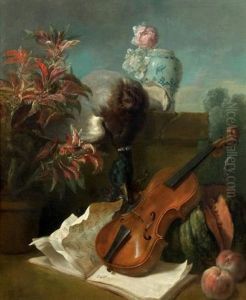
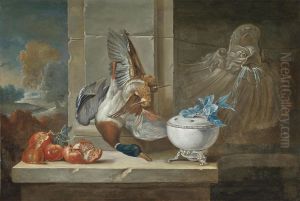
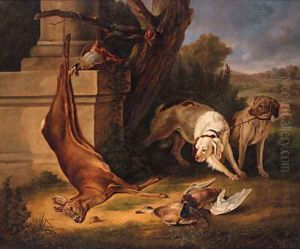
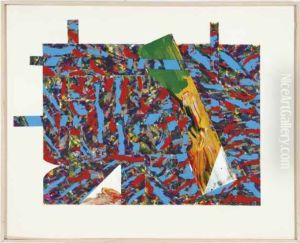
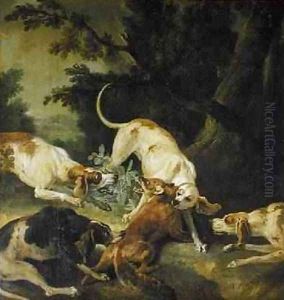
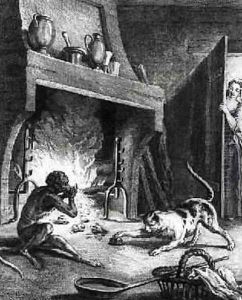
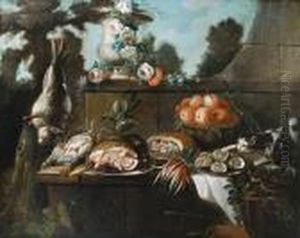
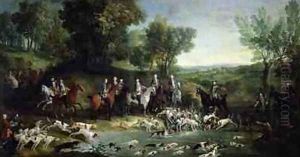
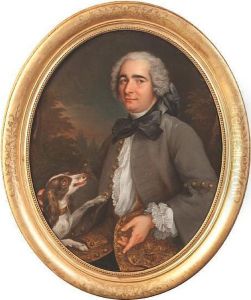
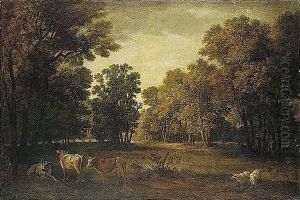
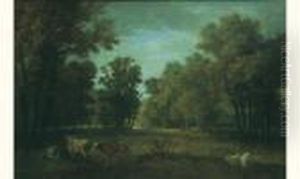
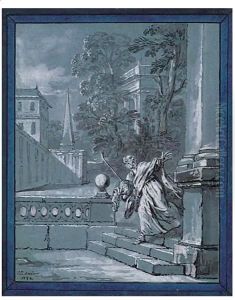
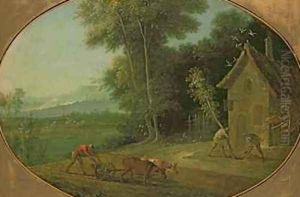
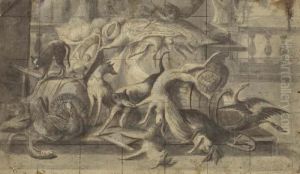
![Appartenant A Une Collection Particuliere
Portrait De Monsieur Ponchon Portrait De Madame Ponchon
[ ; Portraits Of Mr And Mrs Ponchon ; Oil On Canvas ; A Pair]](https://www.niceartgallery.com/imgs/2618257/s/jeanbaptiste-oudry-appartenant-a-une-collection-particuliere-portrait-de-monsieur-ponchon-portrait-de-madame-ponchon-portraits-of-mr-and-mrs-ponchon-oil-on-canvas-a-pair-9da9a0aa.jpg)
